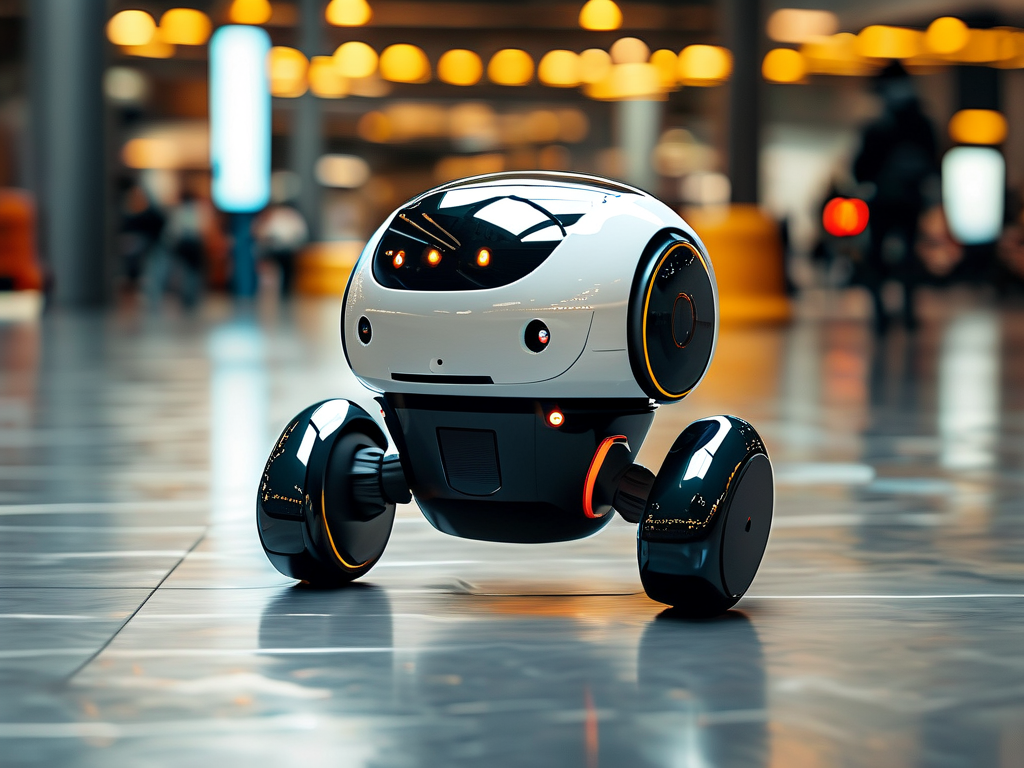Simultaneous Localization and Mapping (SLAM) is a foundational technology in robotics, autonomous vehicles, and augmented reality. It enables systems to construct or update a map of an unknown environment while simultaneously tracking their location within it. Over the years, numerous algorithms have been developed to address the computational and practical challenges of SLAM. This article explores the most widely used algorithms in SLAM, their principles, strengths, and limitations.

1. Filter-Based Approaches
Filter-based methods are among the earliest SLAM algorithms. They rely on probabilistic frameworks to estimate the robot’s pose and map features.
-
Extended Kalman Filter (EKF-SLAM):
EKF-SLAM linearizes nonlinear motion and observation models using Taylor expansion. It maintains a Gaussian distribution over the robot’s state (pose) and map features. While effective in small environments, EKF-SLAM suffers from quadratic computational complexity as the map grows, making it impractical for large-scale applications. -
Particle Filter (FastSLAM):
FastSLAM employs a Rao-Blackwellized particle filter to decouple the robot’s pose estimation from the map. Each particle represents a potential robot trajectory and an associated map. This approach scales better with map size and handles non-Gaussian uncertainties. However, particle depletion—a scenario where few particles represent high-probability states—remains a challenge.
2. Graph-Based Optimization
Modern SLAM systems often use graph-based optimization to minimize accumulated errors. These methods model poses and landmarks as nodes in a graph, with edges representing constraints (e.g., odometry or sensor measurements).
-
GTSAM and g2o Frameworks:
Libraries like GTSAM (Georgia Tech Smoothing and Mapping) and g2o (General Graph Optimization) implement nonlinear least-squares optimization to solve the SLAM problem. By iteratively adjusting nodes to satisfy constraints, these frameworks achieve high accuracy, especially in loop-closing scenarios where the robot revisits a known location. -
ORB-SLAM Series:
ORB-SLAM, ORB-SLAM2, and ORB-SLAM3 are feature-based systems that use ORB (Oriented FAST and Rotated BRIEF) features for tracking and mapping. They employ covisibility graphs and essential graph optimization to reduce computational load. ORB-SLAM3 further supports multi-sensor fusion (e.g., monocular, stereo, and RGB-D cameras) and inertial data.
3. Direct Methods
Unlike feature-based approaches, direct methods use raw pixel intensities for pose estimation, avoiding feature extraction.
-
LSD-SLAM (Large-Scale Direct SLAM):
LSD-SLAM constructs semi-dense maps by optimizing camera poses and depth values directly from image gradients. It performs well in textured environments but struggles with motion blur or low-texture regions. -
DTAM (Dense Tracking and Mapping):
DTAM uses GPU acceleration to create dense 3D maps in real time. By leveraging photometric consistency across frames, it achieves high detail but requires significant computational resources.
4. Learning-Based SLAM
Recent advances in deep learning have introduced data-driven approaches to SLAM.
-
CNN-Based SLAM:
Convolutional neural networks (CNNs) can predict depth from monocular images or improve feature matching. For example, CodeSLAM integrates deep-learned depth predictions into optimization frameworks. -
End-to-End SLAM:
Systems like DeepSLAM attempt to replace traditional pipelines with neural networks that directly output poses and maps. While promising, these methods often lack the robustness of classical algorithms in unfamiliar environments.
5. Challenges and Future Directions
Despite progress, SLAM faces challenges:
- Scalability: Real-time performance in large environments remains difficult.
- Dynamic Environments: Most algorithms assume static scenes, limiting their use in crowded or changing settings.
- Multi-Sensor Fusion: Combining LiDAR, cameras, and IMUs effectively requires sophisticated calibration and synchronization.
Future trends include lightweight algorithms for edge devices, semantic SLAM (integrating object recognition), and quantum-inspired optimization for faster computations.
SLAM algorithms have evolved from probabilistic filters to highly optimized graph-based and learning-driven systems. While no single approach is universally superior, the choice depends on factors like environment scale, sensor availability, and computational constraints. As robotics and AR/VR applications expand, advancements in SLAM will continue to push the boundaries of autonomous navigation and environmental understanding.


